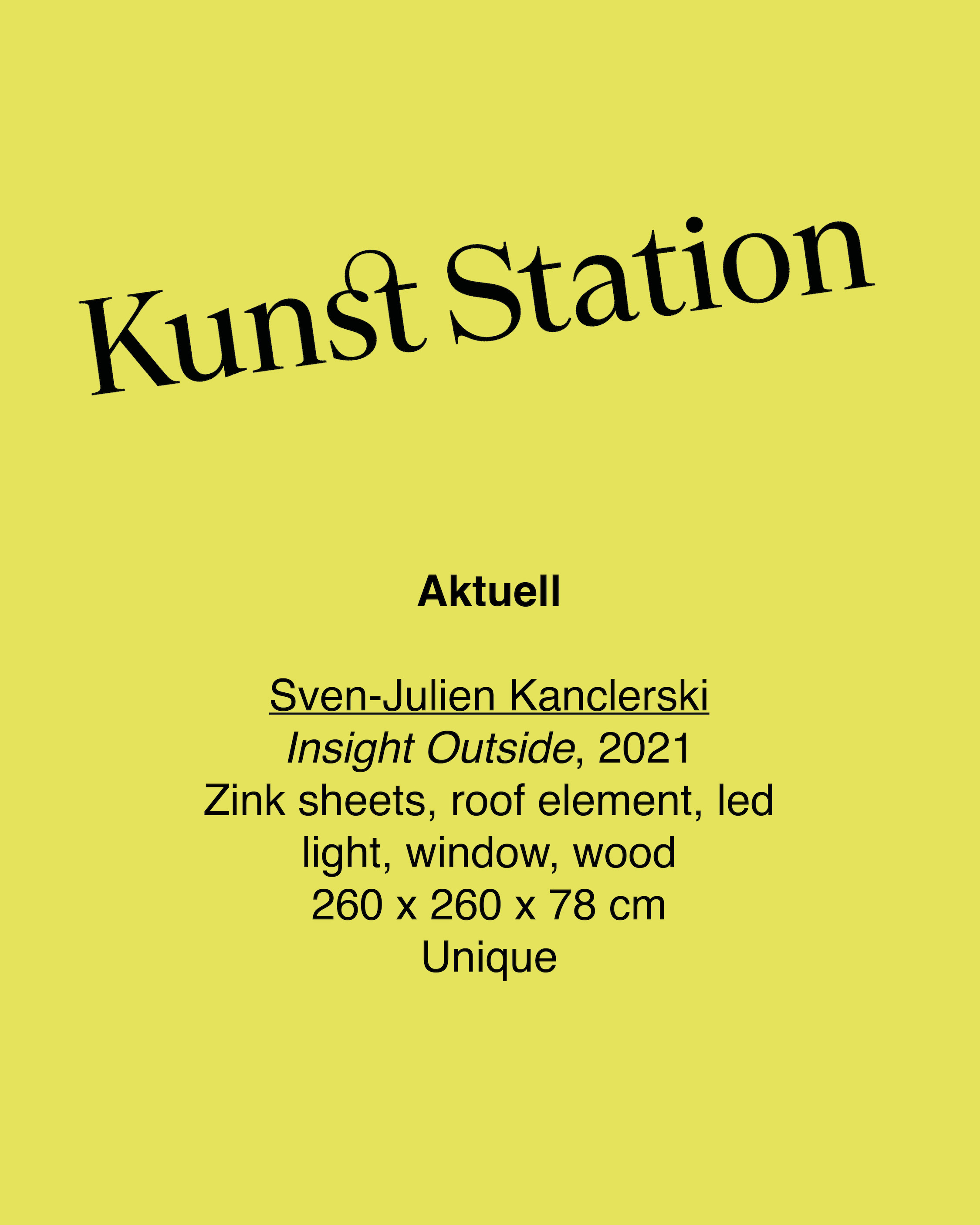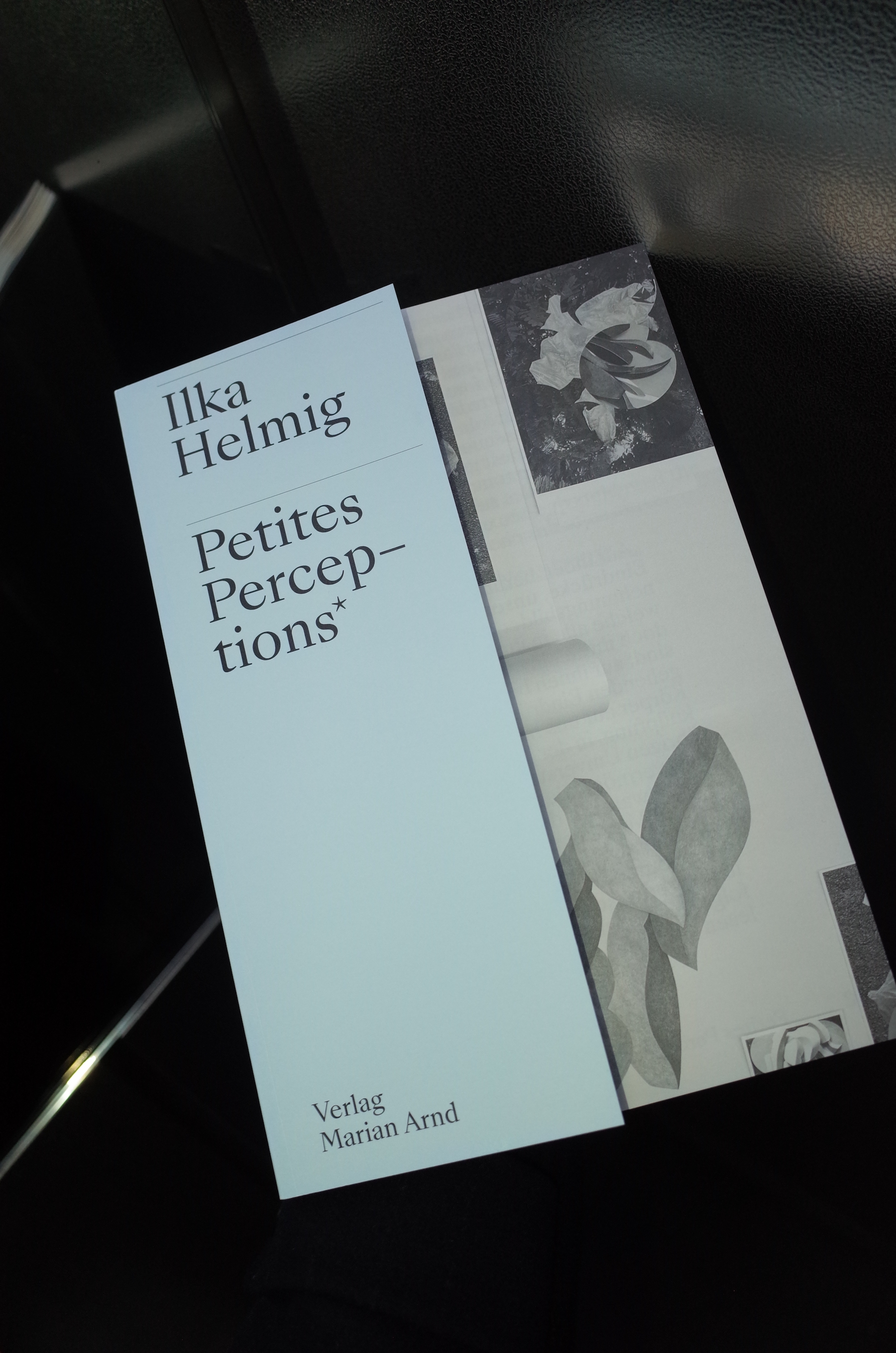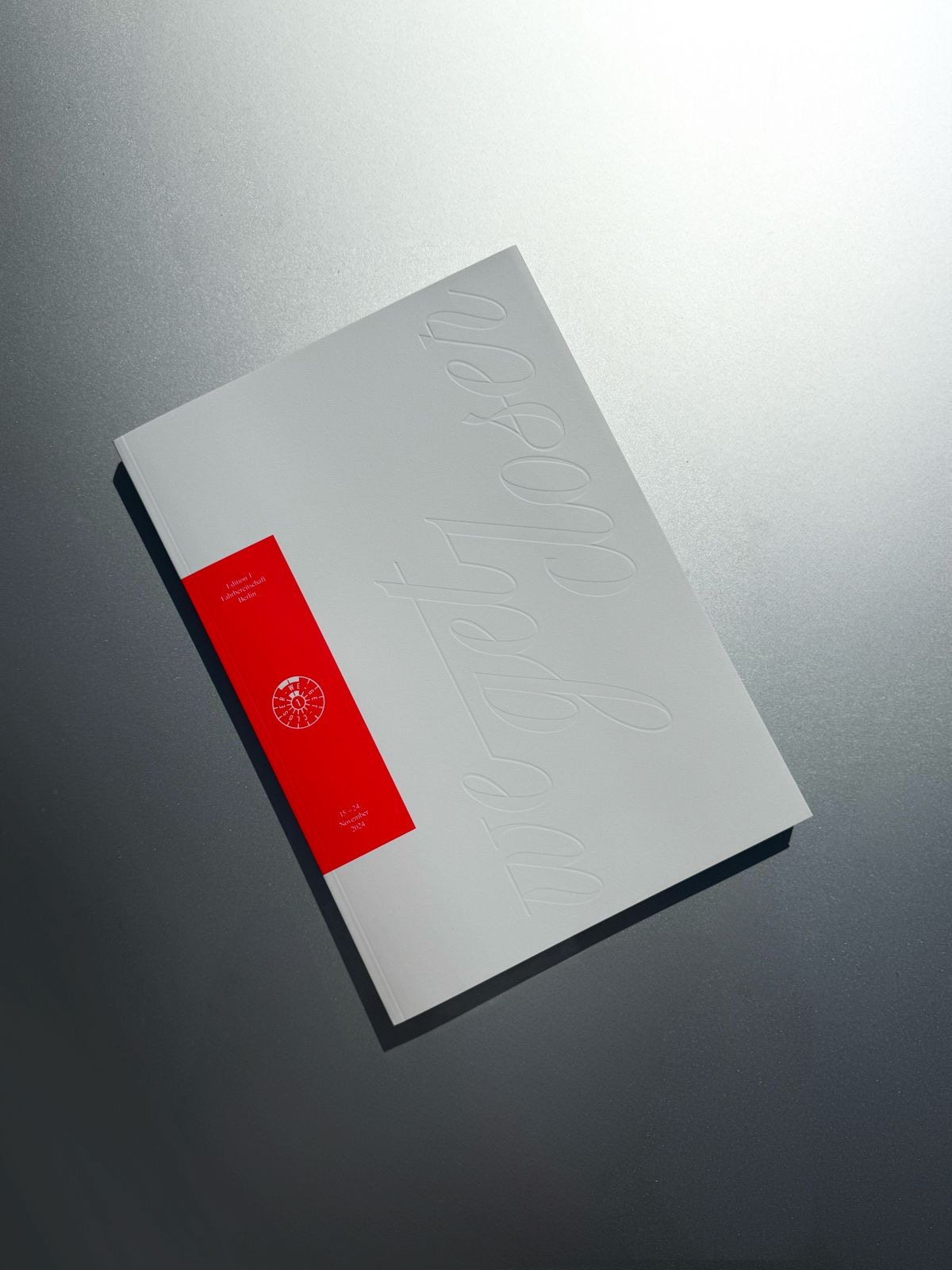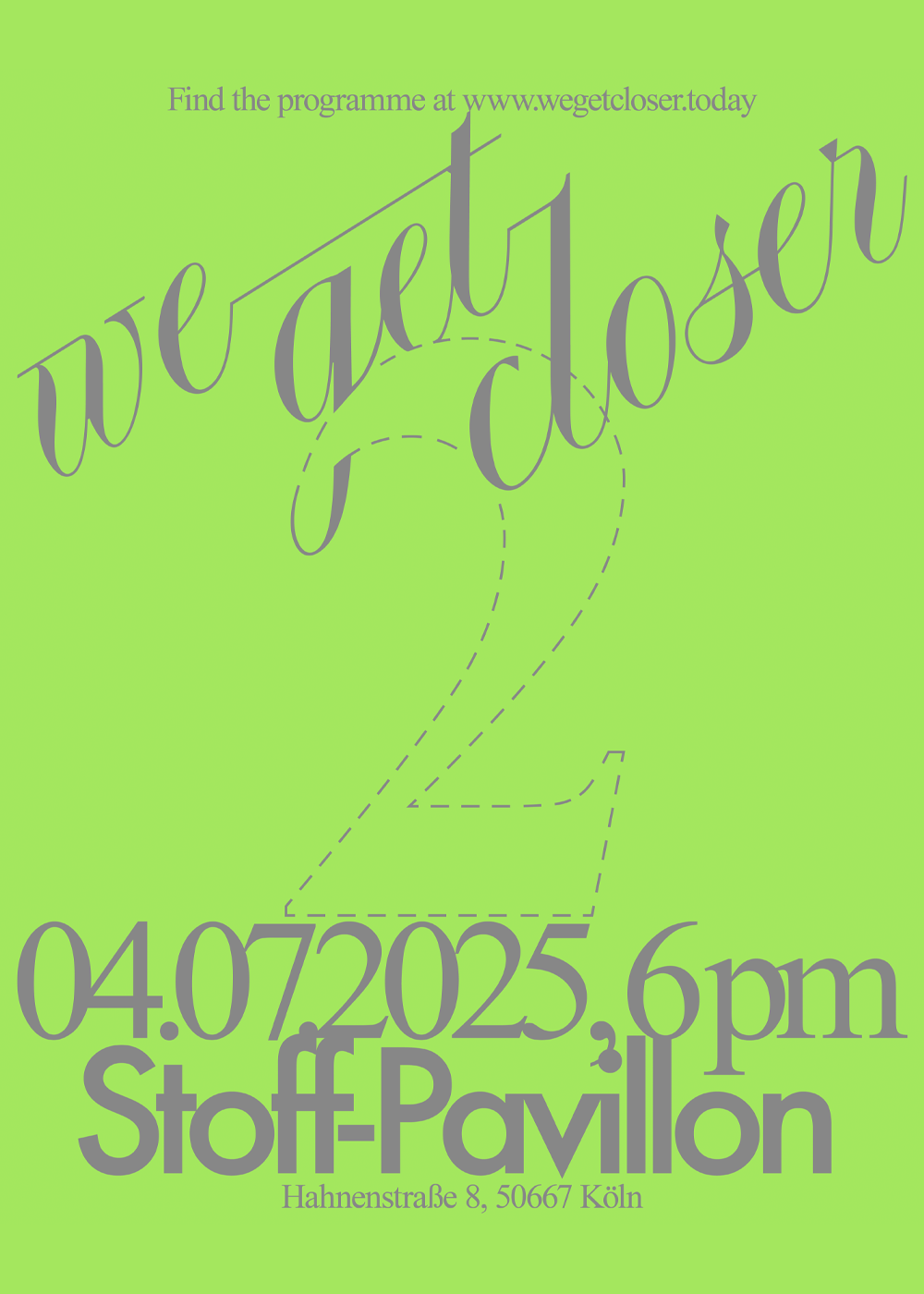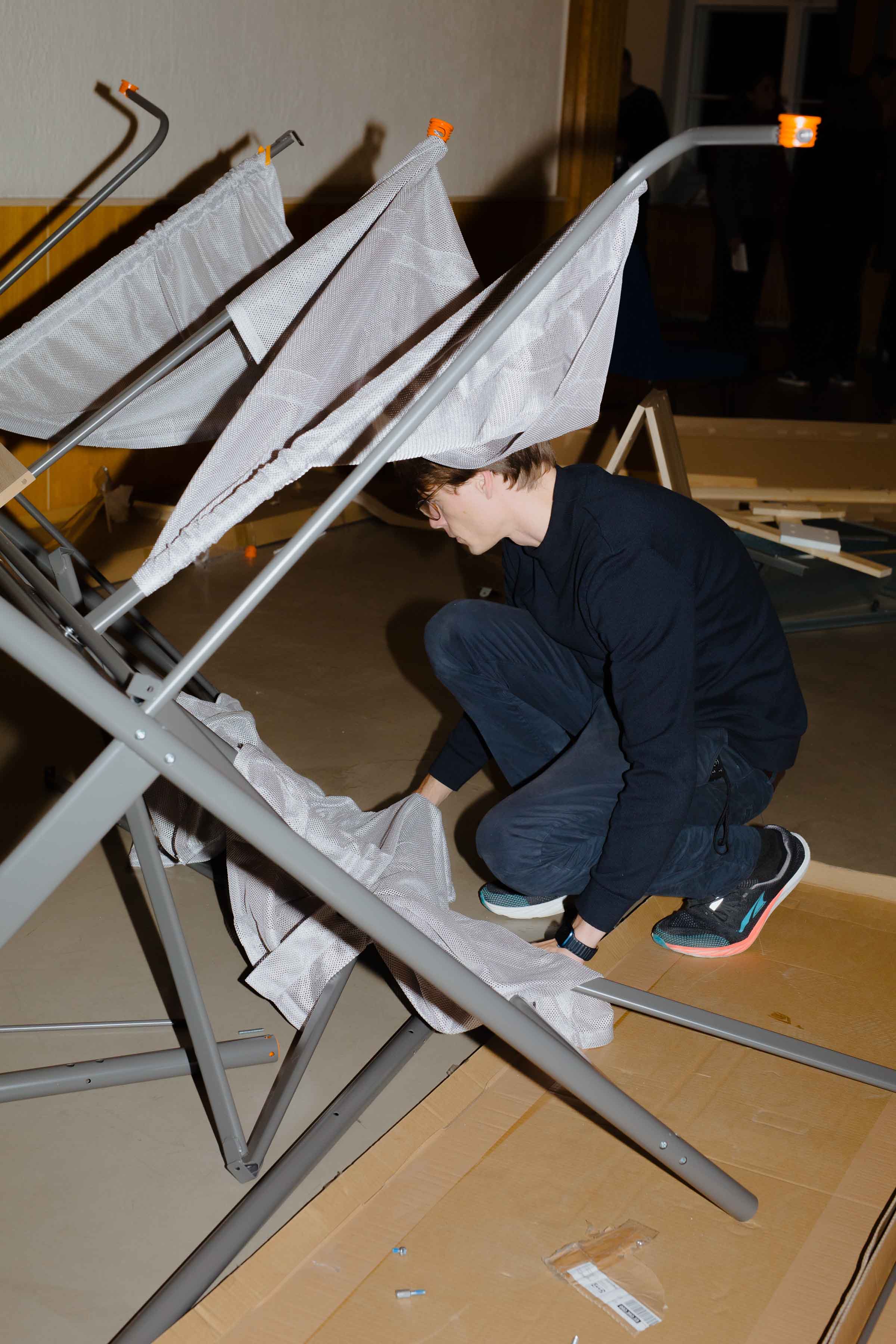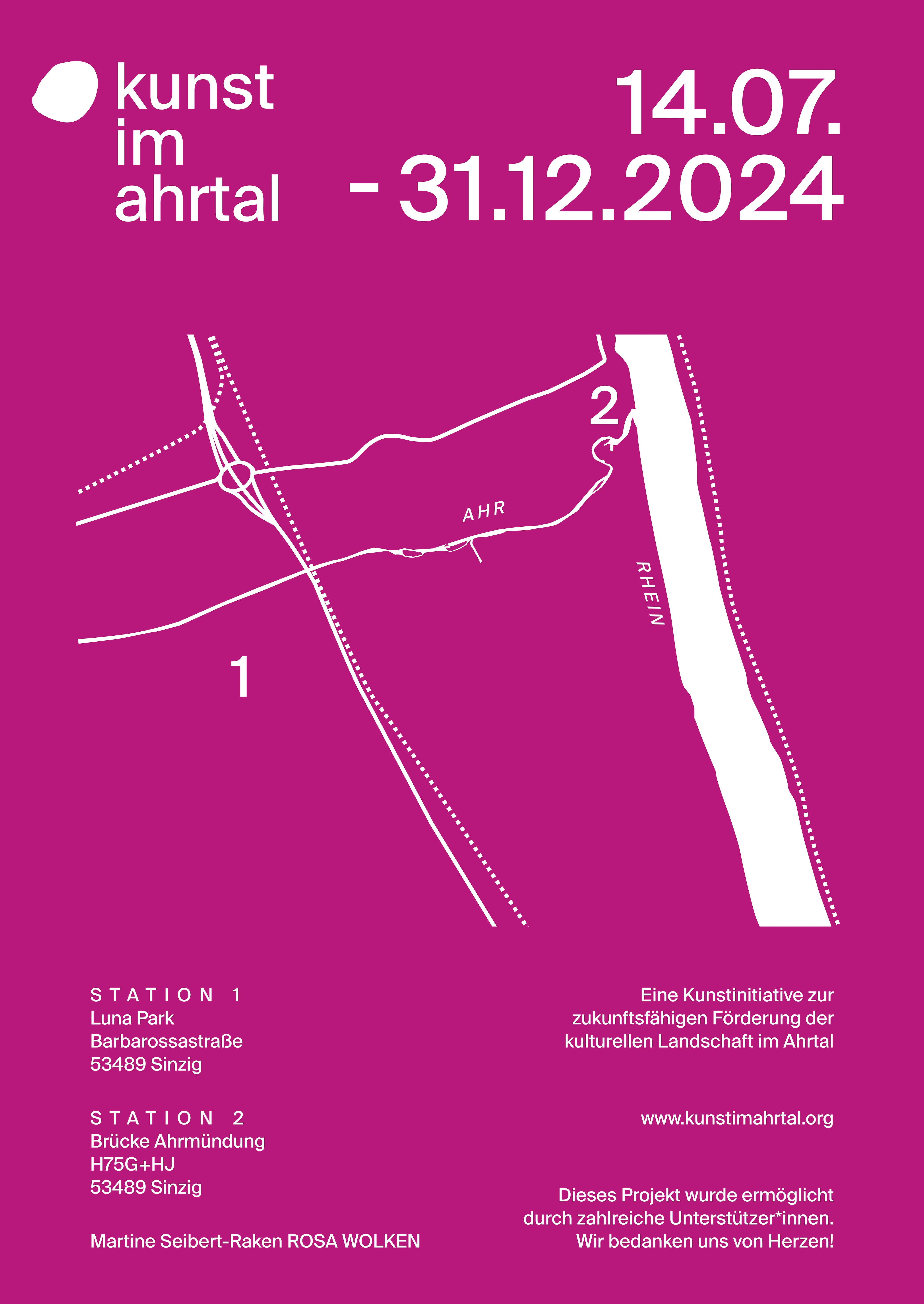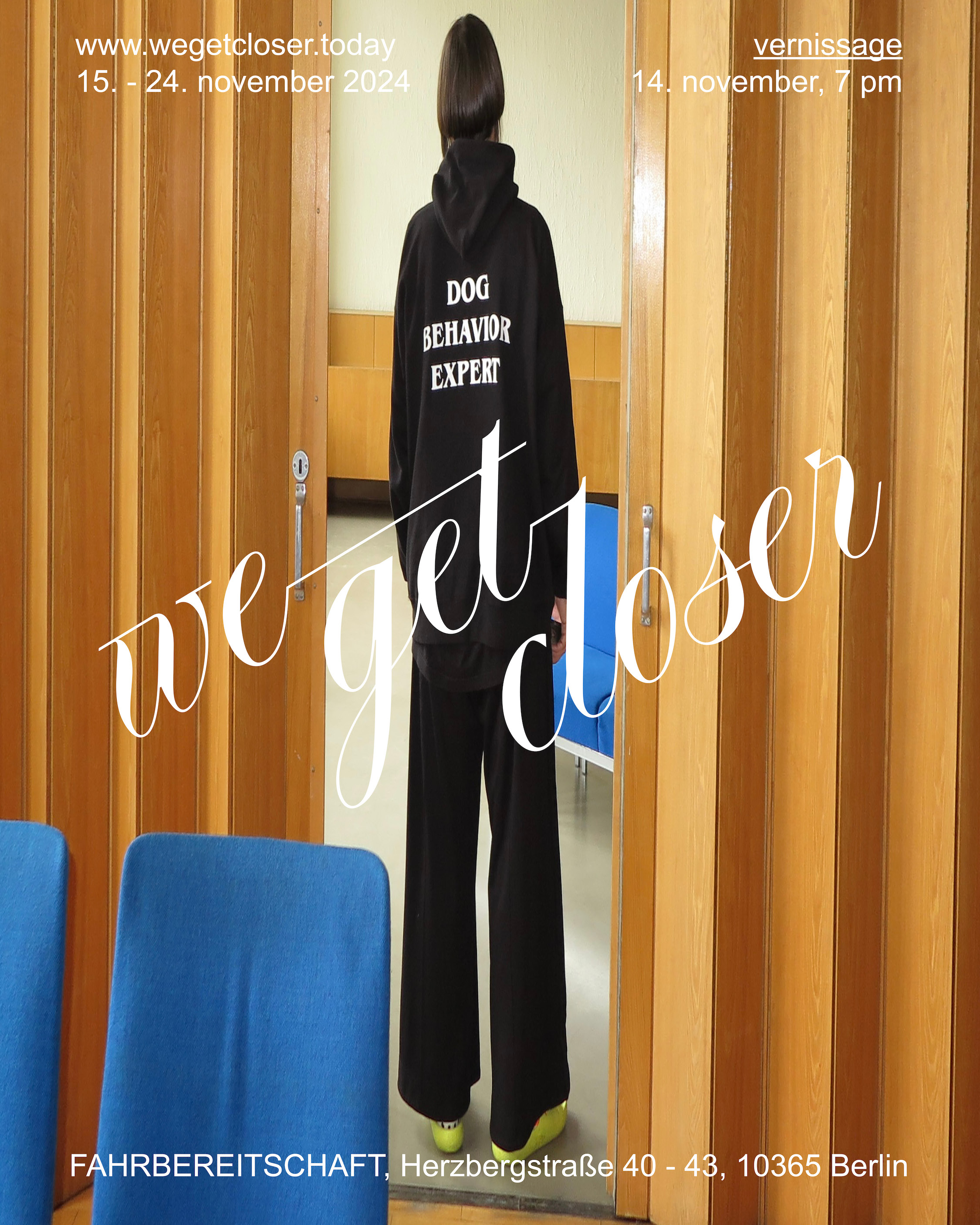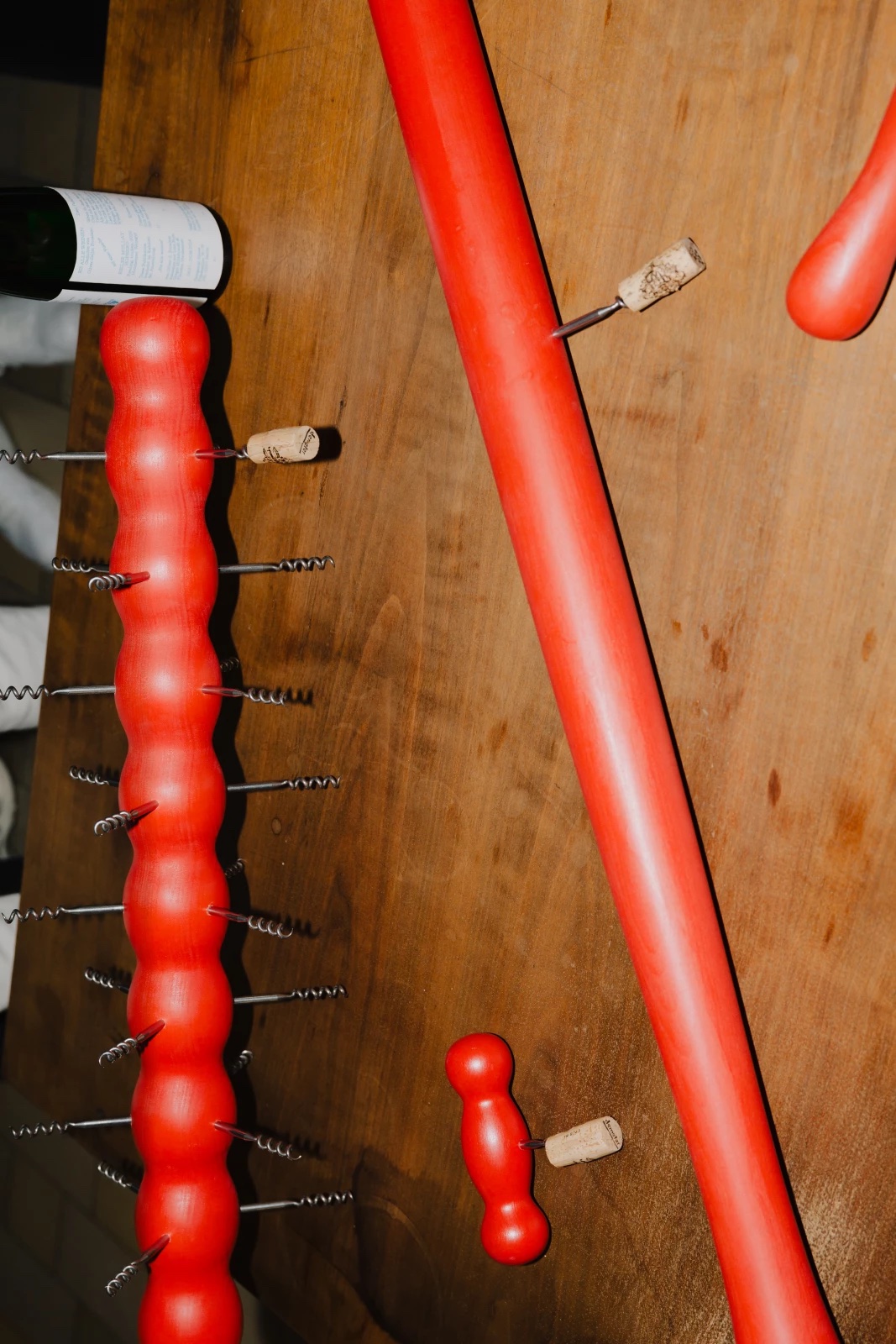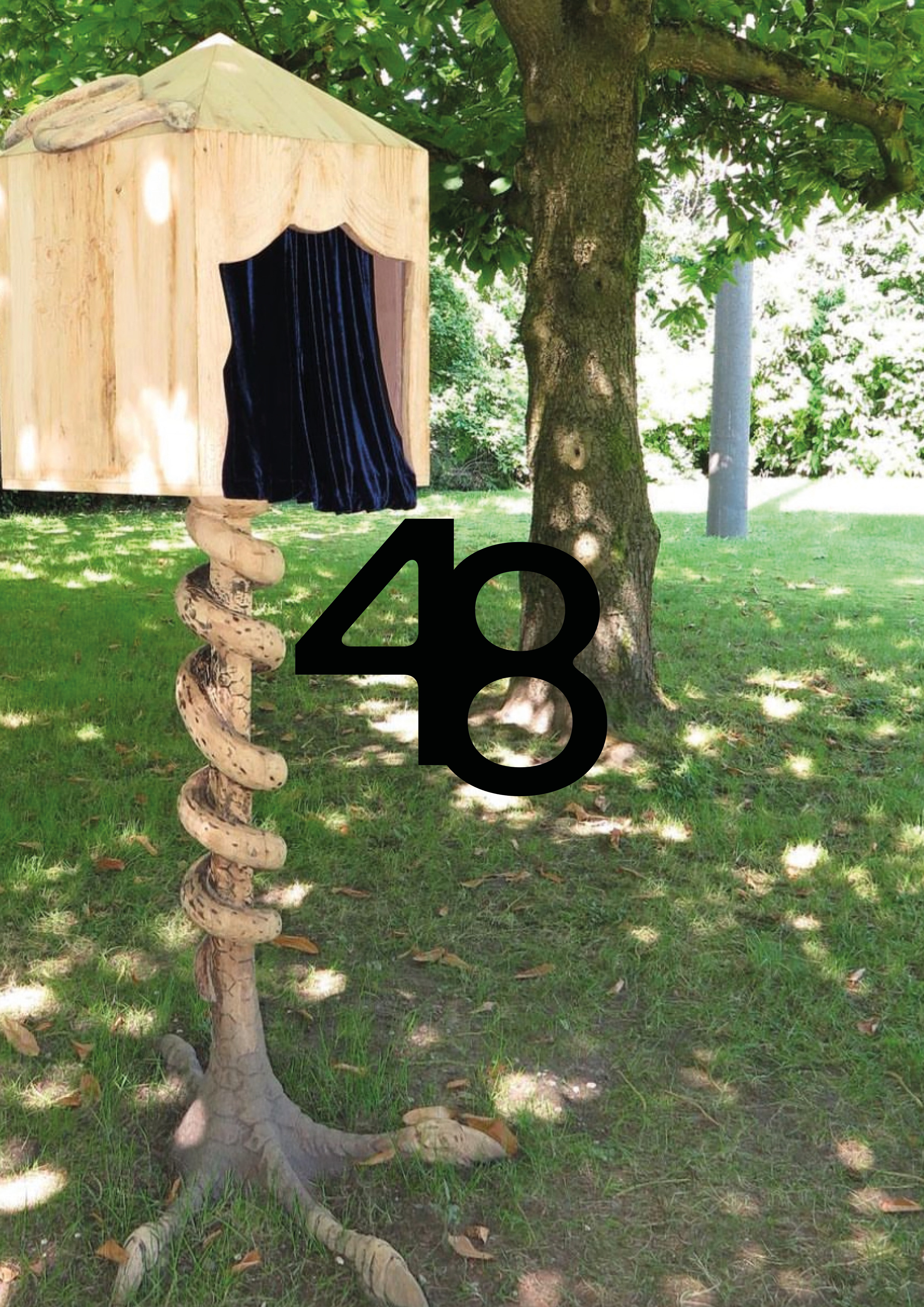Artists Katie has collaborated with:
Mary Bauermeister, Conny Maier, Jarg Geismar, Daniel Weissbach, Stefan Marx, Willehad Eilers, Mathias Weinfurther, Henrik Vibskov, Monika Grzymala, Jenny Brosinski, Philip Emde, Tim Sandow, Ákos Ezer, C.O. Paeffgen, Fabian Treiber, Frédéric Platéus, Joakim Ojanen, Lars Eidinger, Andreas Schulze, Pablo Tomek, Stefan Strumbel, Thomas Wachholz, Odo Hans, Carolin Eidner, Tatjana Doll, Raphael Brunk, Tamara Malcher, Laust Hoejgaard, Mona Broschár, Denise Rudolf Frank, Lukas Glinkowski, Weronika Wysocka, Dominik Ritszel, Iza Koczanowska, Stach Szumski, Antonia Freisburger, Julius Hofmann, Katharina Keller, Mira Makai, Moses & Taps, André Wendland, Bernhard Adams, Marco Paul Lorenzetti, Jody Paulsen, Antonia Rodrian, Javier Ruiz Perez, Christiane Peschek, Fabian Warnsing, Tim Leimbach, Elisa Breyer, Magda Kirk, Sophie Ullrich, Noa Ironic, Arno Beck, Reihaneh Hosseini, Umar Rashid, Anouk Lamm Anouk, Michael Günzer, Navot Miller, Julia Gryboś & Barbora Zentková, Amir H. Fallah, Agata Ingarden, Christian Rex van Minnen, Mike Meiré, Milen Till, Paa Joe, Tom Król, Britta Thie, Charlotte Klobassa, Rhys Lee, Mark Jenkins, Gerd Janson, Tim Berresheim, Andy Kassier, Julius Brauckmann, Guy Aon, Elias Wessel, Tahnee Godt, Matthew Cheyne, Eric Winkler, Martine Seibert-Raken, Florian Meisenberg, Zoya Cherkassky, Ariel Schlesinger, Johanna von Monkiewitsch, Lena Henke, Hicham Berrada, Azza Al Qubaisi, Sven-Julien Kanclerski, Friederike Reveman, Sascha Missfeldt, Sarah Kürten, Roy Mordechay, Mounir Ayache, Klaus Kleine, Gesine Grundmann, Ilka Helmig, Oliver-Selim Boualam, and many more.
Served as curator:
Objects created during the participatory performance "Furthermore, all the windows looked onto the courtyard and – from scarcely any distance – onto other windows of the same style, behind which could be glimpsed the stately outline of new windows opening onto a second courtyard", by Florian Meisenberg, as part of the group exhibition WeGetCloser at the FAHRBEREITSCHAFT, Berlin 2024. The first iteration of the performance took place at the Kölnischer Kunstverein in 2015.
At the core of Florian Meisenberg’s participatory performance lies a process of collective construction, disruption and redefinition of everyday objects. The point of departure is a set of unopened IKEA furniture packages – standardized, modular, mass-produced elements of domestic life.
Rather than assembling the furniture for himself, the artist removes the manuals, distributes the packages across the space and invites the audience to engage in the assembly process.
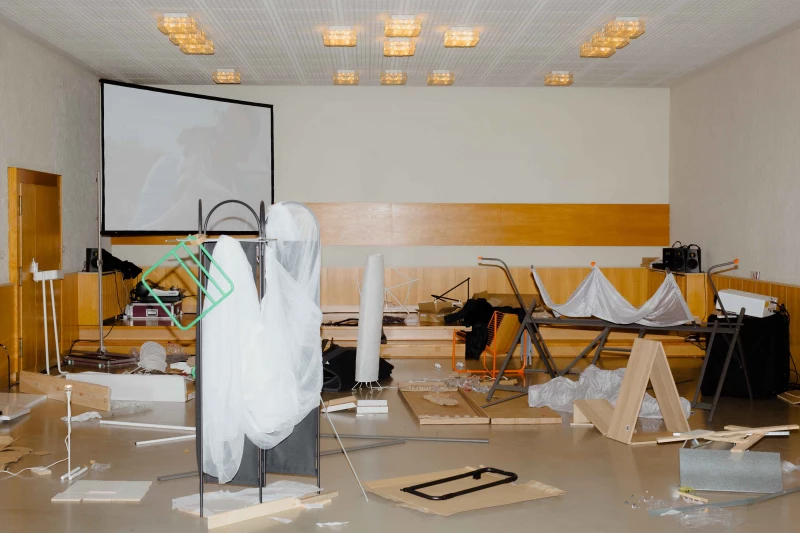

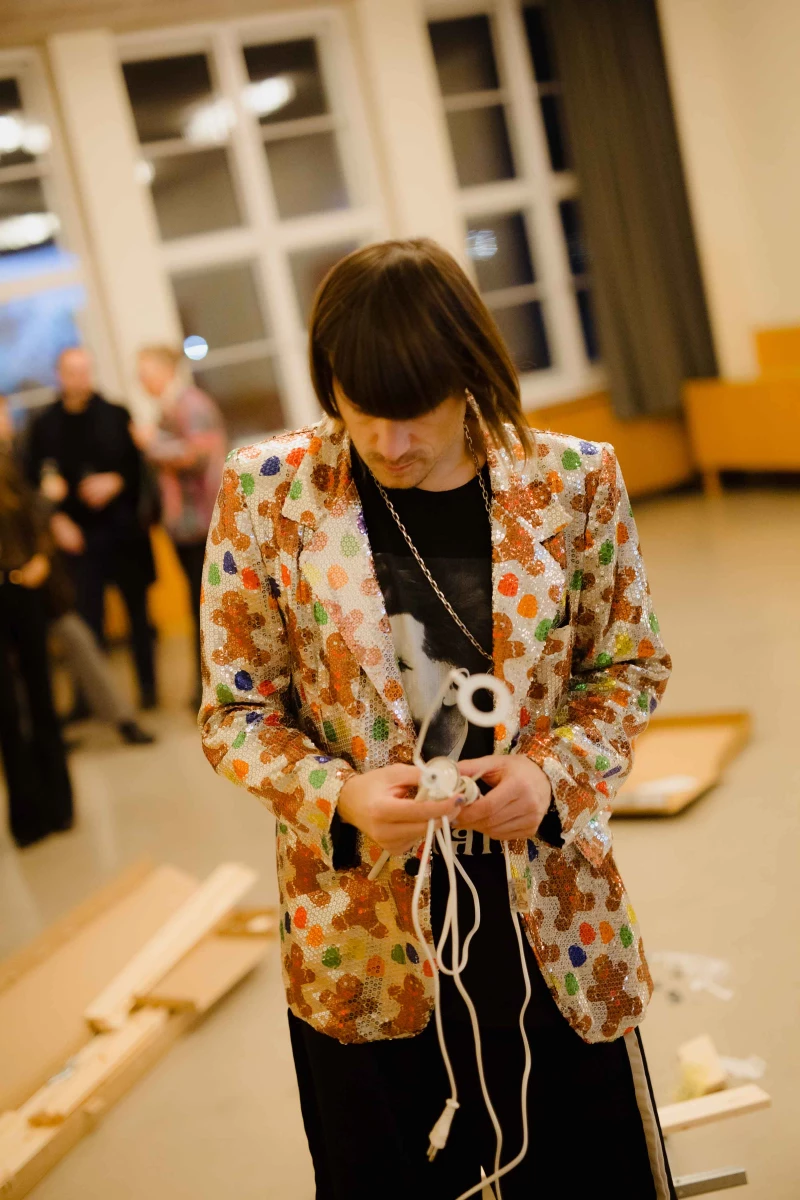
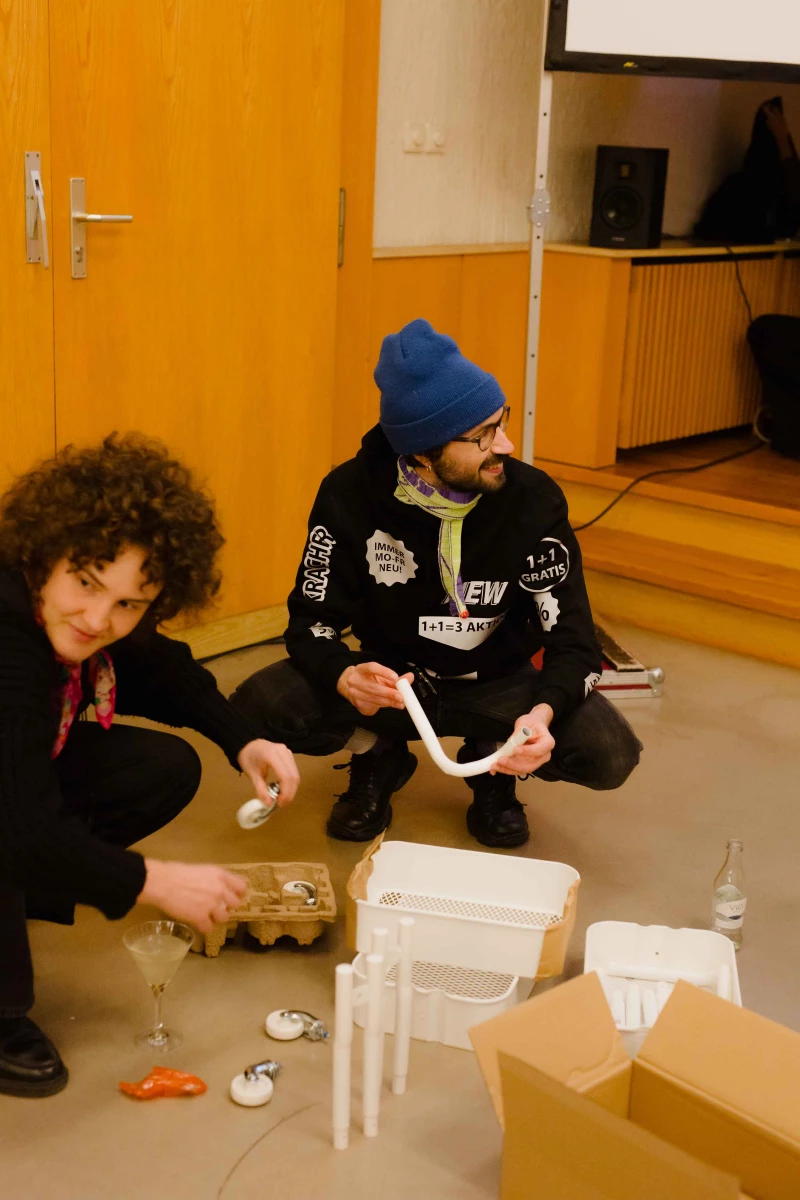
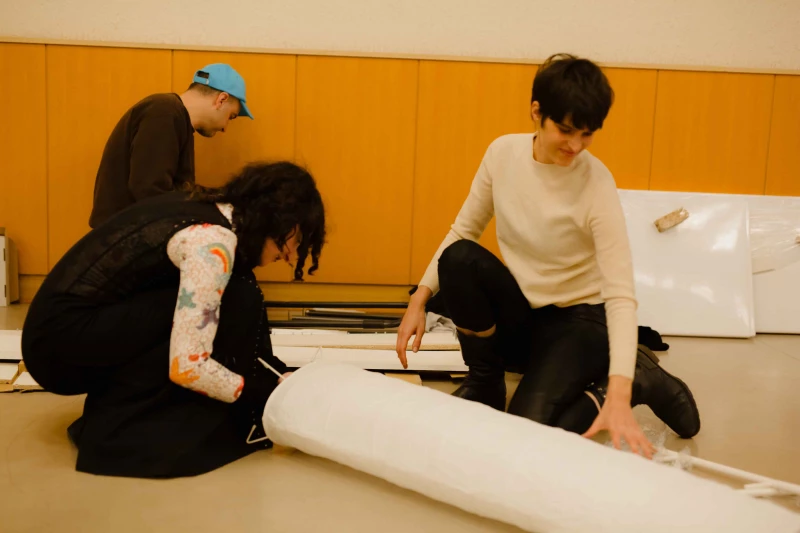
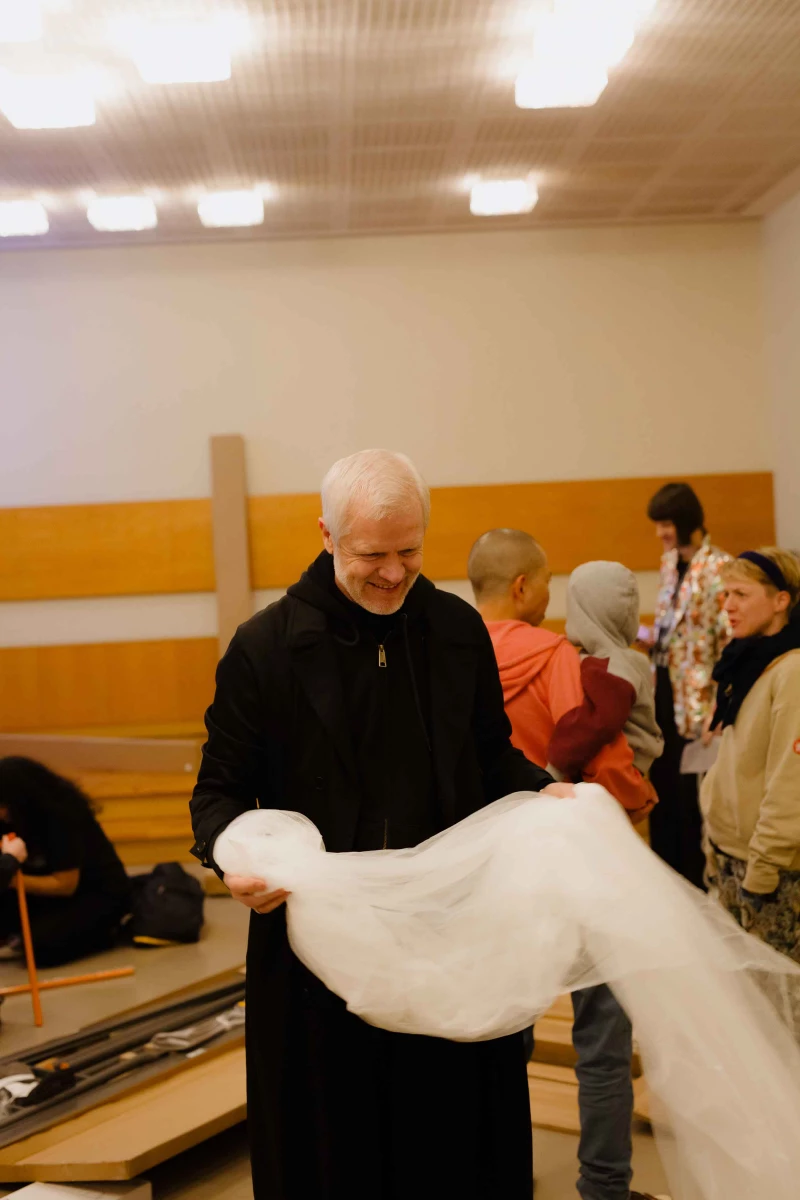
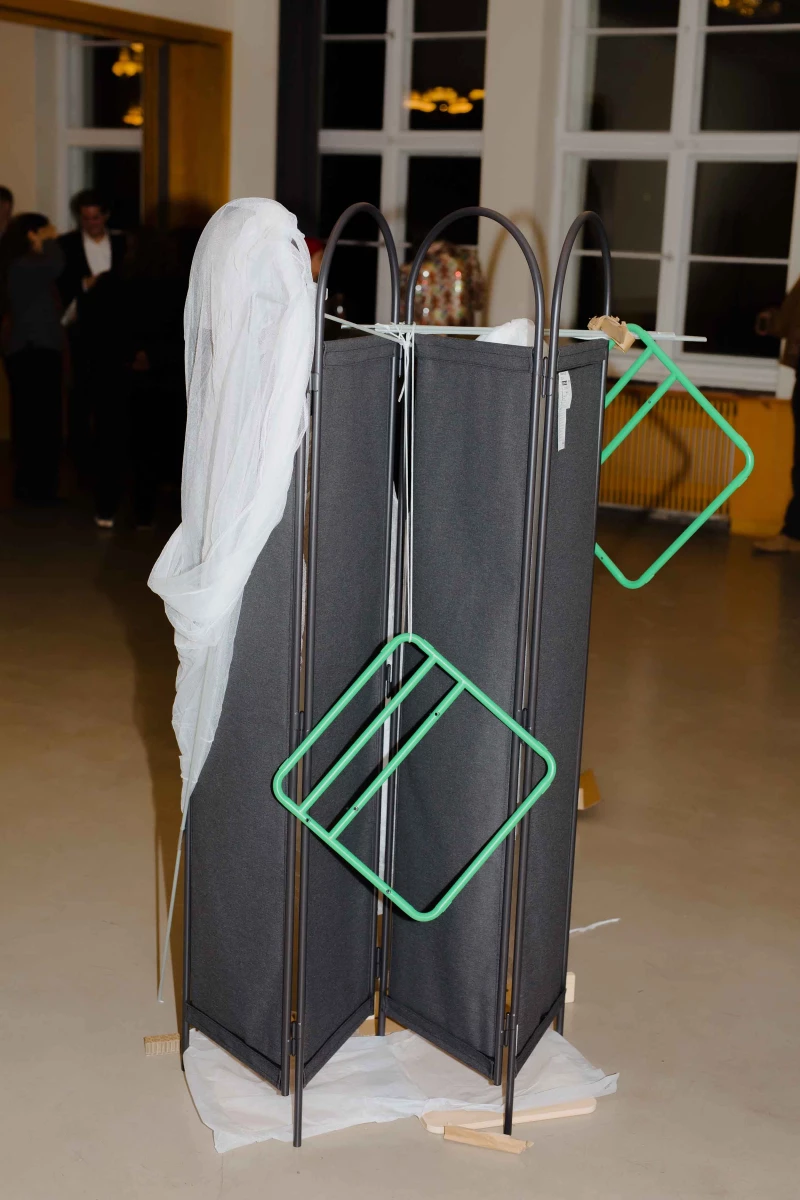
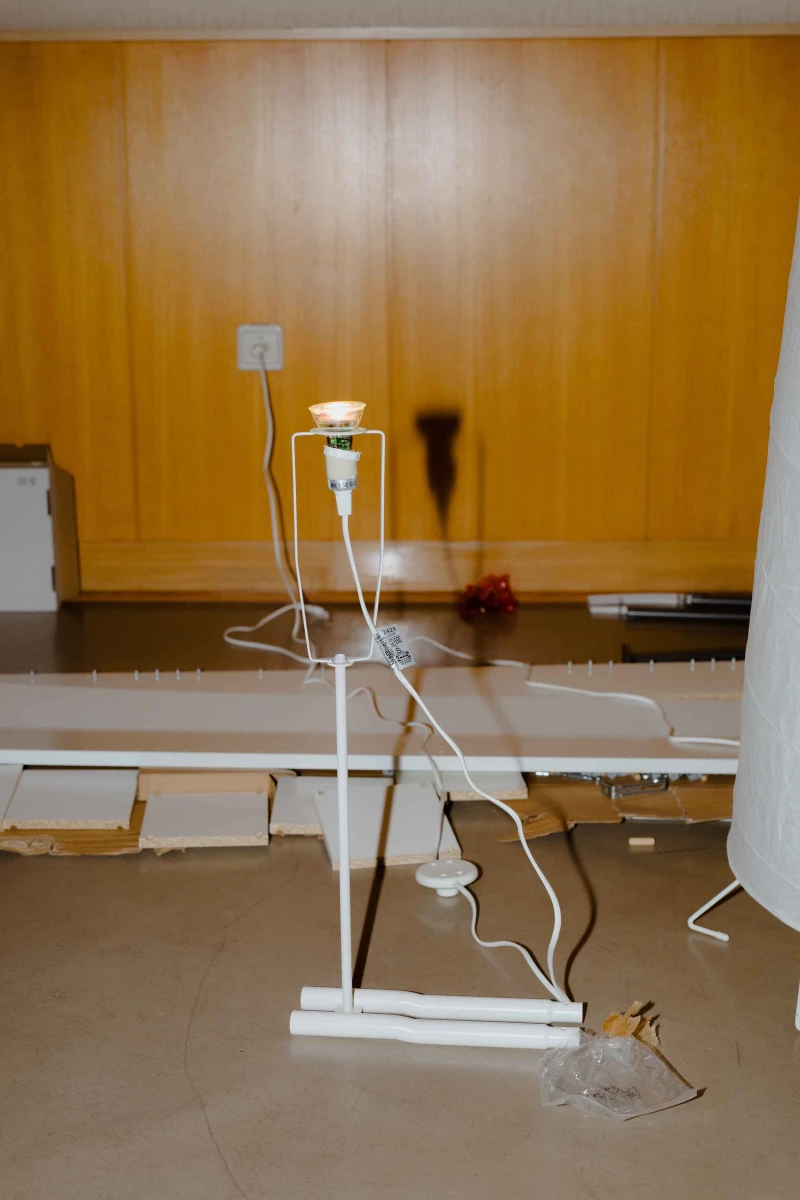

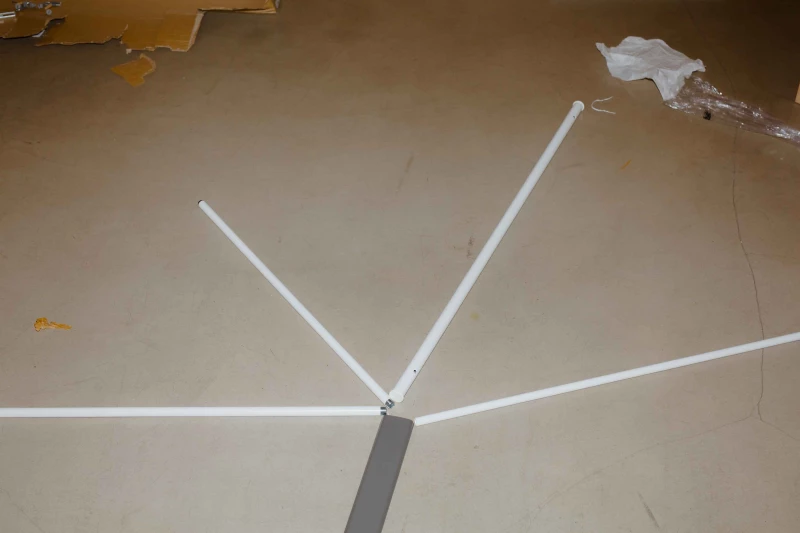
What begins tentatively soon transforms into a dynamic, improvisational collaboration. Gradually, participants overcome the initial hesitation and begin to act with increasing enthusiasm and creativity. Furniture is not assembled according to instructions, but instead becomes an opportunity for deviation and play. The audience assumes authorship, producing hybrid forms that move between object and gesture, between structure and experiment.
Each resulting piece – partial construction, mutated version or entirely new form – is signed by the artist. Participants are invited to take them home, which turns these sculptures into personal documents of a shared experience. The work dissolves the conventional boundaries between artist and viewer, between artwork and event, between production and reception.
Originally presented in 2015 at Kölnischer Kunstverein, the 2024 iteration took place at FAHRBEREITSCHAFT in Berlin as part of the exhibition WeGetCloser. The site’s spatial structure – a network of interconnected buildings and courtyards, windows looking onto windows – resonated with the conceptual architecture of the work, echoing the relational and reflective logic embedded in the title itself, borrowed from a literary fragment.
Sincere thanks to everyone who participated with patience, curiosity and generosity.
What began as a hesitant encounter evolved into a space of collective improvisation, where physical, psychological and social thresholds were gently negotiated – resulting in one of the most tangible expressions of proximity within the exhibition.
